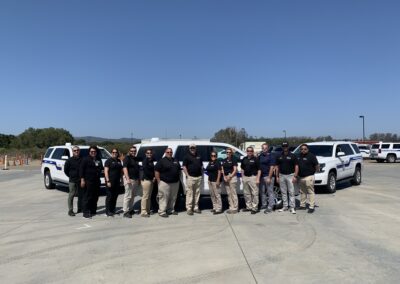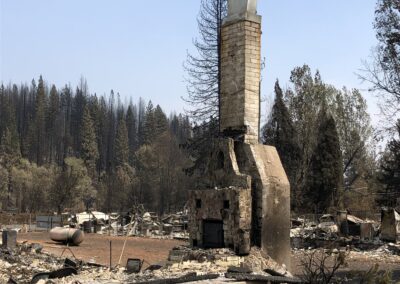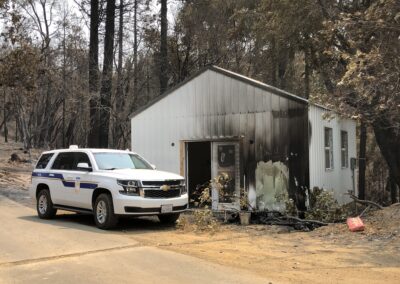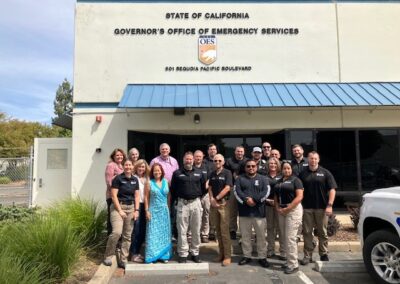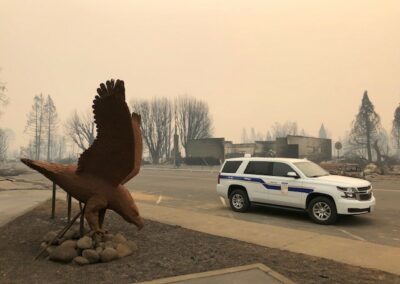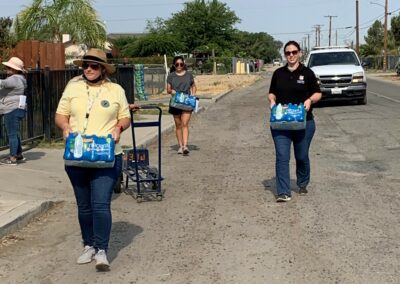Inland Region
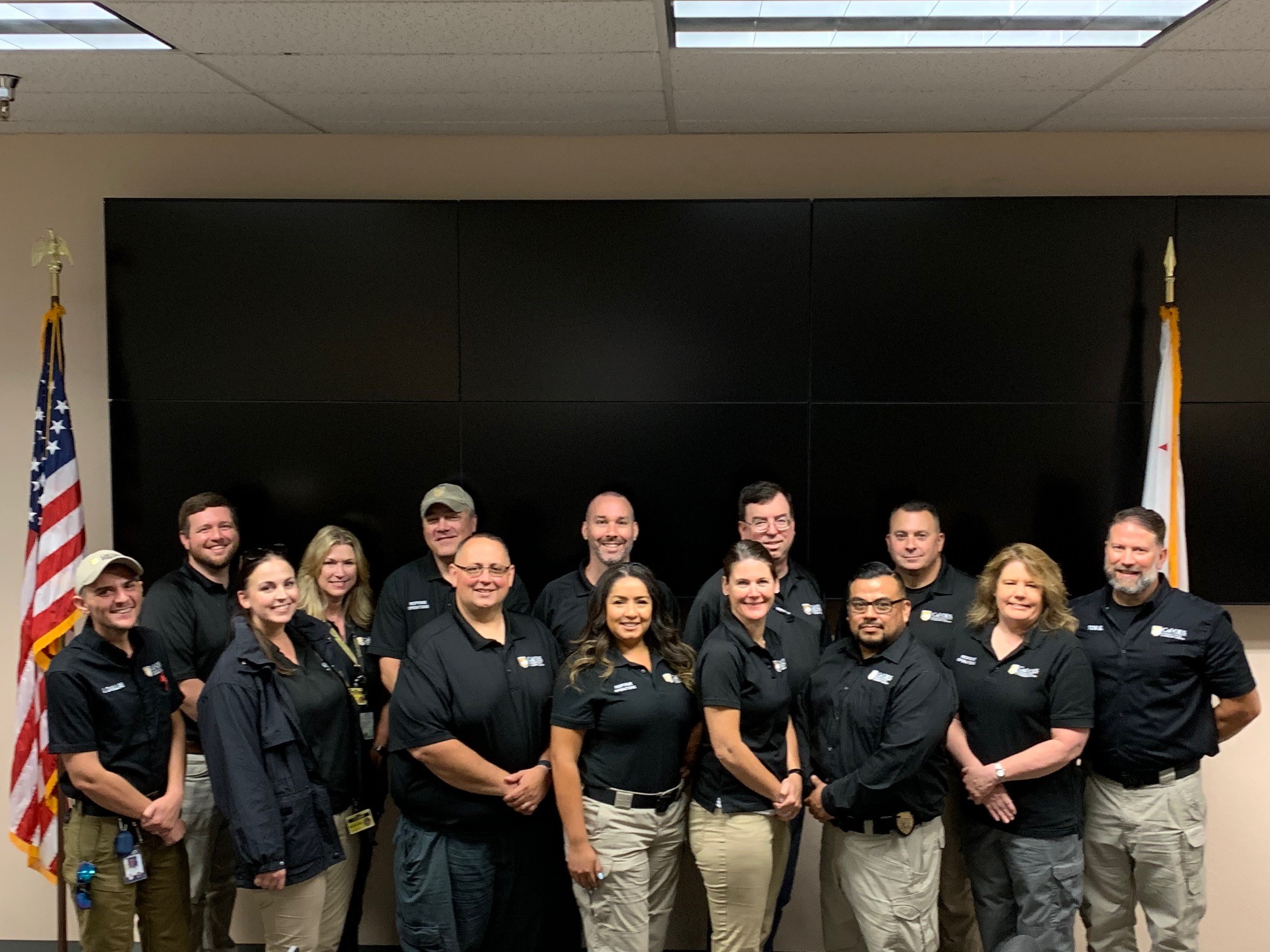
The Inland Administrative Region covers three Mutual Aid Regions (III, IV, and V) that include 31 counties, 123 Cities and a population of 7.2 million.
Mutual Aid Region III – Butte, Colusa, Glenn, Lassen, Modoc, Plumas, Sierra, Siskiyou, Shasta, Sutter, Tehama, Trinity, and Yuba counties.
Mutual Aid Region IV – Alpine, Amador, Calaveras, El Dorado, Nevada, Placer, Sacramento, San Joaquin, Stanislaus, Tuolumne, and Yolo counties.
Mutual Aid Region V – Kern, Fresno, Kings, Madera, Mariposa, Merced, and Tulare counties.
The Inland Region consists of primarily rural jurisdictions with a few large metropolitan cities. The geography for the Inland Region is vast and varied with terrain consisting of valley floor agricultural centers, grasslands, watershed areas, high desert regions, foothill regions and high elevation mountain ranges.
Inland Region employs 12 geographically dispersed emergency services coordinators and 3 Senior emergency services coordinators that serve as Cal OES liaisons and emergency management experts to the 31 counties, various state and local committees and workgroups.
During complex and high impact emergencies (e.g., wildfires, flooding, earthquake), staff work side-by-side with local emergency managers in County or City Emergency Operations Centers to coordinate state resources and relay information to the Regional Emergency Operations Center or the State Operations Center. Staff also assist to analyze gaps, and help resolve complex problems to minimize loss of life, property or the environment.
During tranquil periods, staff train with the Counties and Cities, review local emergency operations plans, exercise plans and processes, and update various policies and procedures as identified through After Action Reports. Regions also maintain the integrity of the Standardized Emergency Management System, by holding quarterly meetings of the Mutual Aid Regional Advisory Committees for each Mutual Aid Region. These meetings bring together all emergency management disciplines (fire, law, communication, etc.) within the region to discuss changes to laws/regulations, improvements to systems, technology advancements, funding opportunities and overall regional readiness.
All Administrative Regions contacts are available on the Administrative Regions Interactive Map


